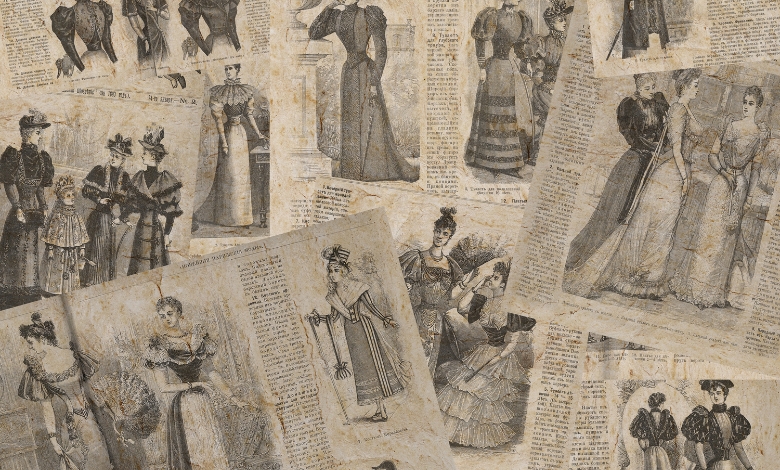Discover how Jet Magazine’s groundbreaking coverage of Emmett Till’s story ignited change and shaped the Civil Rights Movement.
When we think about the Civil Rights Movement in the United States, certain images and moments stand out: Martin Luther King Jr. delivering his iconic “I Have a Dream” speech, Rosa Parks refusing to give up her seat, and the powerful March on Washington. But decades before smartphones and social media became tools of activism, a magazine played a pivotal role in changing the course of history. That magazine was Jet, and its coverage of the Emmett Till story remains one of the most radical and transformative moments in American journalism.
What You'll Discover:
Setting the Scene: America in the 1950s
The 1950s were a paradoxical time in the United States. While the nation celebrated post-war prosperity and technological advancements, deep-seated racial inequalities festered beneath the surface. Segregation was the law of the land in the South, and unwritten codes of racial etiquette governed the lives of Black Americans nationwide. This was a world where a simple whistle could cost a Black boy his life.
Enter Jet magazine. Founded in 1951 by John H. Johnson, Jet was unapologetically Black, providing news and stories that mainstream media outlets either ignored or suppressed. It was pocket-sized, accessible, and affordable, making it a staple in many Black households. But even in its early years, few could have predicted the seismic impact one story in its pages would have.
The Tragedy of Emmett Till
In August 1955, 14-year-old Emmett Till traveled from Chicago to Money, Mississippi, to visit relatives. Till, raised in the relatively progressive North, was unaware of the strict racial codes of the Jim Crow South. A visit to a local store led to a tragic encounter. Till allegedly whistled at Carolyn Bryant, a white woman, an act that, in the racialized lens of 1950s Mississippi, was seen as a grave offense.
Just days later, Till was kidnapped by Bryant’s husband, Roy, and his half-brother, J.W. Milam. The men brutally beat, tortured, and killed Till before dumping his body in the Tallahatchie River, weighted down by a cotton gin fan. When his mutilated body was discovered, it was almost unrecognizable.
The Role of Mamie Till-Mobley
Emmett Till’s mother, Mamie Till-Mobley, made a decision that would forever alter the fight for civil rights. She chose to hold an open-casket funeral for her son, declaring, “I want the world to see what they did to my boy.” This decision was both deeply personal and profoundly political.
Mamie’s courage ensured that the world could not look away from the horrors of racial violence. But without a platform to amplify her message, the story might have faded into obscurity. This is where Jet stepped in.
Jet Magazine’s Radical Coverage
When Jet published photographs of Emmett Till’s disfigured body, it wasn’t just breaking a taboo—it was shattering a wall of silence around racial violence in America. The images were raw, haunting, and unfiltered, forcing readers to confront the brutal reality of racism. For Black Americans, these photographs validated their lived experiences. For many white Americans, they were an uncomfortable awakening.
This wasn’t standard journalism. Jet didn’t present the story with detached objectivity; it delivered it with urgency and clarity, embodying the pain and anger of the Black community. The magazine’s decision to publish those images was a radical act of resistance. It said, “This is the truth, and you cannot ignore it.”
The Reaction
The impact of Jet’s coverage was immediate and far-reaching. Across the United States, Black communities organized protests, meetings, and rallies. The NAACP saw a surge in memberships, and civil rights leaders like Rosa Parks later credited the Emmett Till case as a key motivator for their activism.
For white America, the photographs were polarizing. Some were horrified and moved to join the fight for civil rights. Others dismissed the story or even blamed Till for his own death. Yet, no one could deny the power of the images or the bravery of Jet magazine in bringing them to light.
A Legacy of Activism
The publication of Emmett Till’s story marked a turning point, not just for Jet magazine but for the broader Civil Rights Movement. It demonstrated the power of the Black press in shaping public opinion and influencing social change. Without Jet and its daring editorial choices, the story of Emmett Till might never have reached the national stage.
In the decades that followed, Jet continued to be a voice for Black America, covering stories of injustice, celebration, and resilience. Its legacy is a reminder that media has the power to challenge the status quo, amplify marginalized voices, and inspire action.
Why Jet and Emmett Till Still Matter
Fast forward to today, and the story of Jet magazine and Emmett Till remains profoundly relevant. In an age of viral videos and social media activism, it’s easy to forget that the fight for justice once relied on physical publications and grassroots networks. The bravery of Mamie Till-Mobley and the radical editorial decisions of Jet paved the way for the kind of visual storytelling that defines modern movements like Black Lives Matter.
Moreover, the story forces us to confront uncomfortable truths about America’s history and the enduring legacy of racism. It reminds us that progress isn’t inevitable; it’s the result of relentless effort, courage, and sacrifice.
Key Takings
- The partnership between Jet magazine and Mamie Till-Mobley exposed the brutal truth of Emmett Till’s murder.
- This collaboration ignited a movement that reshaped history.
- It highlights the power of truth and the necessity of platforms that amplify marginalized voices.
- Jet magazine proved that media can drive change by showing the world the unfiltered truth.
- Their story is a lesson in courage, resilience, and the transformative power of storytelling.





